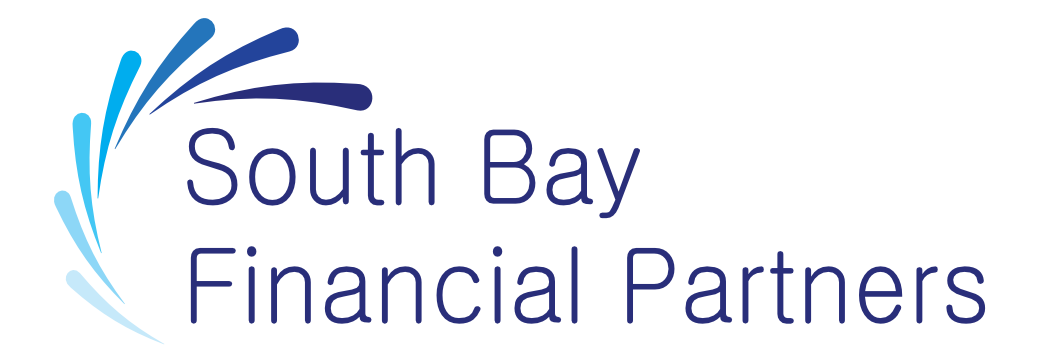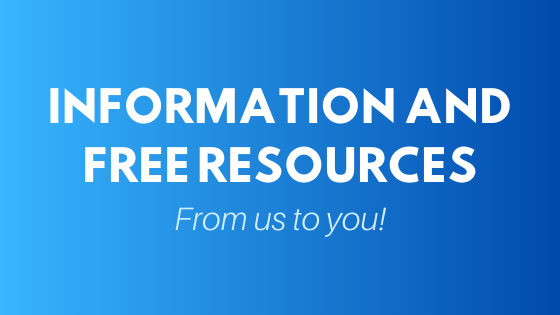
Written by Anna Baluch
Published on 10/23/2019
Originally posted on DepositAccounts by lendingtree.
Note: This article is part of our Basic Banking series, designed to provide new savers with the key skills to save smarter.
If you want to save money but don’t know where to start, keep reading this guide to learn how you can improve your finances and quality of life.
We’ll discuss choosing the right budgeting system and strategies, deciding where to keep your hard-earned savings and determining how much to save each month. We’ll also offer money-saving tips that could make a positive difference in your financial well-being.
Examine budgeting options, strategies for saving money
As you begin, you should analyze every dollar you spend every two weeks or monthly, said Ben Lies, president and chief investment officer at Delphi Advisers in Washington.
Once you do, cut any expenses that you don’t need and consider implementing these budgets or strategies to help you save.
Pay-yourself-first budget
Every time you get paid, get into the habit of paying yourself first rather than immediately tackling your bills. Calculate how much you make after taxes and subtract your expenses. The number you come up with can give you an idea of how much you can pay yourself first so that you can stash some of that money away in a savings account, 401(k) or another place. After you’ve set aside a portion of your money, you can then tackle your mortgage, credit card or other bills.
50/30/20 budget
With the 50/30/20 budget, you use your after-tax income to create a budget for needs, wants and savings. The budget allocates your income as follows:
- 50% goes toward your needs, such as your mortgage, utilities and groceries
- 30% is for your wants, such as movie tickets and dining at your favorite restaurants
- 20% is allocated for savings goals, such as an emergency fund or retirement
You’ll save 20% of your budget while still being able to pay for your needs and splurge for your wants.
Debt avalanche
With the debt avalanche strategy, you make the minimum payment on all your debts, except for the one with the highest interest rate. With that one, you make excess payments. Once that debt is paid off, take the amount you were paying on that debt and use it toward the one with the next-highest rate. Follow this strategy until you’ve eliminated your debts.
After you pay off your debts through this method, you’ll have extra money to allocate toward your savings goals.
Debt snowball
If you feel like you need regular motivation, the debt snowball strategy may be a better option for you. With this strategy, you’ll focus on tackling your smallest debts first rather than the ones with the highest interest rates. Keep paying off your smallest debts until you’re debt-free.
Once you become debt-free via this method, your payments would no longer hold you back from saving money.
Saving vs. investing
Investing money involves buying stock market shares and other assets so that your money can potentially grow over time. It can be the key to turning your savings into wealth.
While investing can give you a higher earning potential than simply stashing your money into a savings account, there are no guarantees that you’ll make more money, especially if there is a recession or stock market crash.
Figure out how much you should save each month
The rule of thumb — according to Tara Unverzagt, a certified financial planner at South Bay Financial Partners in California — is to save 10% to 15% of your income, including bonuses.
”If you can afford more, go for it, but make sure it doesn’t get in the way of you living life, socializing, traveling and volunteering,” Unverzagt said.
When deciding how much money you should save each month, you should consider your personal situation. If your goal is to get out of debt and you’re living paycheck to paycheck, you’ll likely save less than someone who is debt-free and focused on funding their retirement.
“Don’t think, ‘I’ll save later; it’ll be easier when I have a higher salary,’” Unverzagt said. “You’re not guaranteed a higher salary, and there’s a good chance your expenses will be higher as you get older. It never gets easier to save, so get used to spending less than you make and start saving for the future now.”
Decide where to save your money
There are a variety of places you can keep your savings, including:
Savings accounts
With a savings account, you can save your money while potentially earning some interest. Per federal Regulation D, you can make up to six convenient withdrawals or transfers each month without penalty. The average APY for a savings account is 0.278%.
Pros
- Low or no minimum balance requirements: Many savings accounts come with low minimum balance requirements, so you can keep as little as you’d like in them. Some come with none at all.
- Relatively liquid: As noted, Regulation D limits you to up to six convenient withdrawals or transfers (after that, you may be required to pay a fee or your account could be closed). This is not the case with certain other financial products, such as certificates of deposit (CDs).
Cons
- Fees: Some savings accounts charge monthly maintenance fees.
- Lower interest rates than other financial products: You may be able to make more money by investing your money in a CD (we’ll discuss this next).
Certificates of deposit
You won’t be able to access the money you put into a certificate of deposit for a set period, unless you pay an early withdrawal penalty in most cases. CDs typically come with periods that range from three months to 10 years. The average APY on a one-year CD is 1.293%. A CD may be a strong choice if you have a short-term goal in mind, such as buying a house within the next five years.
Pros
- Predictable returns: Since CDs offer fixed rates and fixed terms, you’ll be able to forecast exactly how much you’ll earn on your CD.
- Low risk: If you’re new to investing, you may like CDs because they are less riskier than other options, such as stocks. With a CD, you’ll get your principal plus interest back.
Cons
- Limited liquidity: You won’t be able to withdraw money from your CD until the term is over, unless you pay an early withdrawal penalty. (There are no-penalty CDs, but they aren’t as widespread.)
- Lower payouts than other options: Other financial products — annuities, for example — may offer you higher payouts than CDs.
Savings bonds
When you buy a savings bond, you are essentially lending money to the U.S. government. You make money when the government pays you a set interest rate — in addition to the principal — when the bond matures.
Bonds may be a good option if your goal is long-term financial security since they can give you a dependable income source.
Pros
- Interest for an extended period: Savings bonds are issued for up to 30 years. You can cash them after a year, though penalties may apply.
- Tax benefits: Any interest you earn on savings bonds is exempt from state and local income taxes. Also, you won’t have to pay federal taxes on any interest you earn until you cash the bond.
Cons
- More interest elsewhere: You may be able to make more money if you invest in other financial products. Series EE savings bonds issued through October 2019 earn an annual fixed rate of 0.10%.
- Maximum contributions: You’re limited to a maximum purchase of $10,000 a year.
Retirement accounts
Your savings goals are often dictated by how you want to live in retirement, Lies said. The more you can save now, the earlier you can retire and the more secure you can be when retirement comes.
There are a number of accounts you can use to save for retirement, such as:
401(k) or 403(b)
Consider a 401(k) or 403(b) if your employer offers these. In 2019, you can contribute $19,000 a year. If you’re 50 or older, you can make an additional catch-up contribution of $6,000, bringing your toal to $26,000 a year. You’ll pay taxes once you withdraw the money during retirement.
Roth IRA/traditional IRA
A Roth individual retirement account (IRA) may make sense if you’re making a modest income and aren’t paying too much in taxes. You’ll contribute your money post-tax and be able to distribute it tax-free.
With a traditional IRA, you pay income taxes on the money when you withdraw it. You can contribute $6,000 a year — or $7,000 if you’re 50 or older — to a Roth or traditional IRA.
SEP IRA
If you’re a freelancer or own a small business, a simplified employee pension (SEP) IRA may be the way to go. In 2019, you can save up to 25% of your gross annual salary or about 20% of your adjusted net earnings from self-employment as long as you don’t exceed the $56,000 maximum. With a SEP IRA, you’ll contribute your money tax-free and pay taxes on it once you withdraw it.
Follow these 9 tips for saving money
Automate the process: To automate your savings, set up automatic and recurring transfers from your paycheck or checking account to your savings account of choice. This strategy will allow you to save money without thinking about it.
Try a savings app: A savings app can be a fun way to help you get into the habit of saving money on a regular basis. You can try apps such as Joy, Qapital, Simple and Kidfund to find out which one works best for you.
Set savings goals: It can be tough to save money when you don’t have targets. Try to set up specific savings goals for financial milestones, such as buying a house, retiring or paying for college.
Open multiple savings and investment accounts: If you keep many accounts with smaller balances, Lies said it won’t feel like you have as much money. This may motivate you to keep saving.
Find a savings coach: A savings coach is someone who will hold you accountable for your savings goals. This can be a friend, family member or professional.
Don’t keep up with the Joneses: ”Try hard to leave your ego behind,” Unverzagt said. “Caving into the fancy home and car that you can’t actually afford may feel good for a while, but your ego may be crushed by debt that controls your life later and derails your savings goals.”
Boost your income: If you’re not saving as much as you’d like to because your income does not allow it, consider getting a side hustle or earning a higher-level degree so you can land a higher-paying job in your field.
Pay cash: By paying with cash rather than swiping your card, you’ll likely have better control of how you spend your money and be able to save more as a result.
Follow the 50 cent rule: Lies recommends putting 50 cents in savings for every discretionary dollar you spend on a daily or weekly basis.
Why does saving money matter?
Saving money is the key to achieving a financially secure life and being able to support yourself and your family, regardless of what life throws your way.
“Many people view their income as the path to wealth, but that’s not the case,” Lies said. “It doesn’t matter how much money you make if you aren’t saving enough to create any wealth.”
With a strong savings strategy in place, you can ensure you have enough money to pay for your monthly bills, cover emergency expenses and meet short- and long-term financial goals. After you’ve built up sufficient savings, it could be a good idea to start investing.






About The Author: Admin
More posts by admin